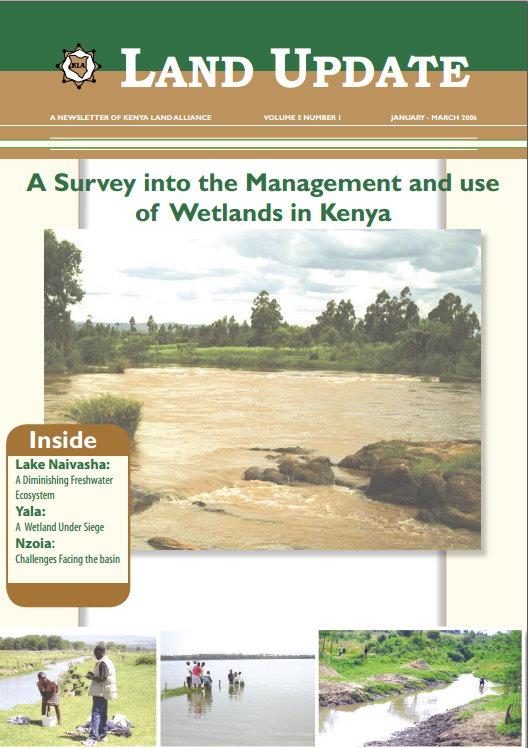Resource information
The Role Of Wetlands In Poverty Reduction- Extreme poverty among rural poor people living around wetlands remains a daily reality for more than 56% of Kenya’s population, who subsist on less than one dollar a day. Seventy percent of extremely poor households, a majority of who live in rural areas where hunger and poverty prevails, are now being caught up in a new web of lack of access to wetlands as safety-net during hard times due to appropriation of wetlands by private developers. The number of rural households deprived of wetlands, the main source of their livelihood, is increasing daily as a result of expropriation and expansion of commercial activities. If access to wetlands and other common property resources is not treated as a basic human right, the downward spiral of poverty and conflicts this creates will continue.


